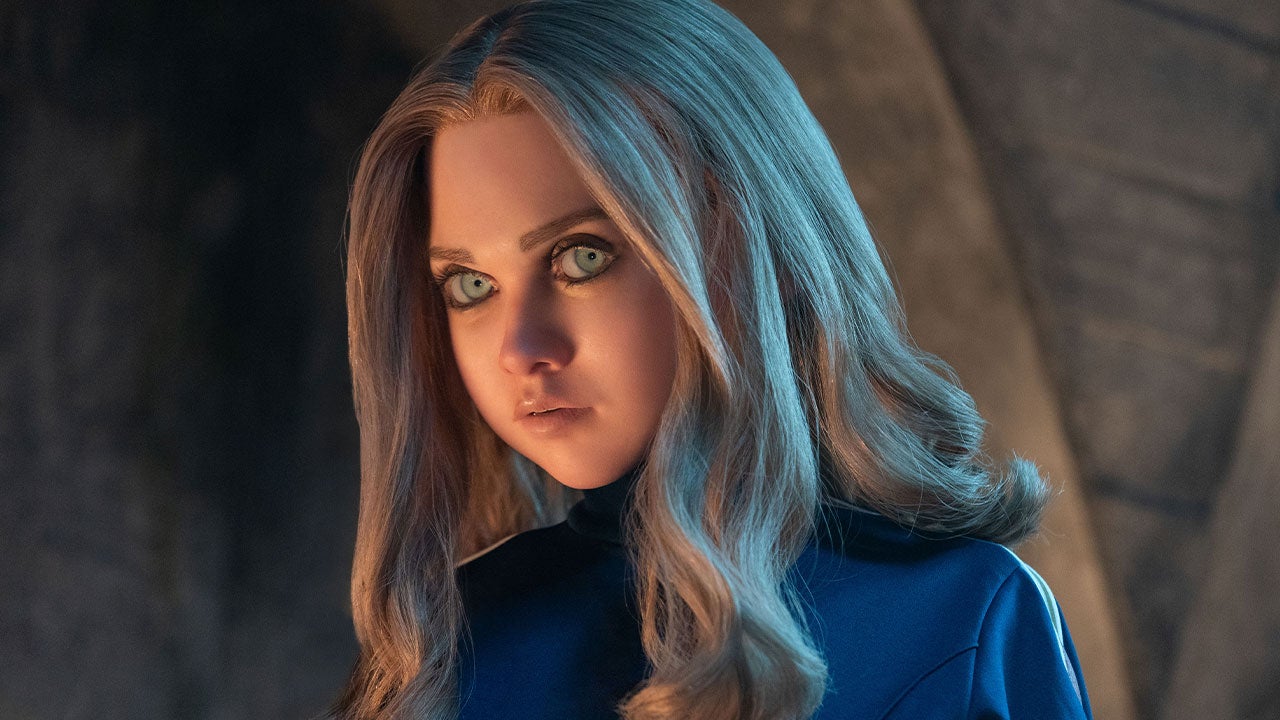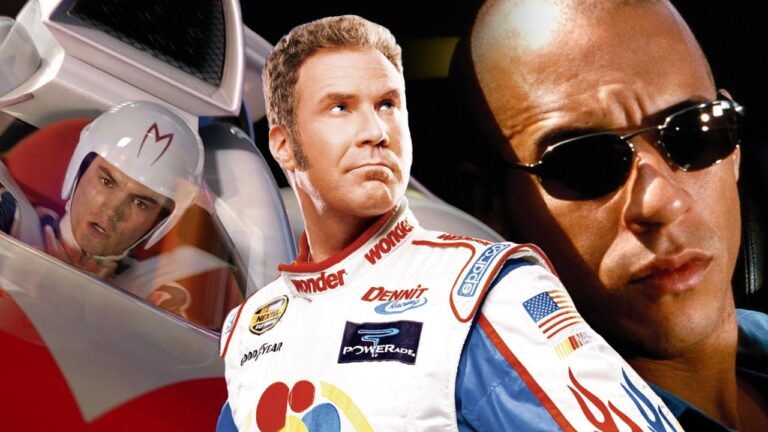M3GAN 2.0 Review

M3GAN hits theaters Friday, June 27.
There was a time when horror mascots needed multiple movies to become a hit. But from the moment M3GAN swaggered into taunting Ronny Chieng, it felt like the dancing killer robot had years of sequels and acerbic satire waiting for him. Their endless one-liners and song outbursts—as well as their rich thematic echoes of real-life debates about artificial intelligence—all feed directly into M3GAN 2.0, which expands on the scope and stakes of its predecessor while also introducing some new ideas and even other kinds of movies. As with any major update, however, a few bugs have crept into the code.
The sequel’s patch notes lay out the genre’s tweaks clearly at the top. From the moment the words “Somewhere on the Turkish/Iranian border” appear in the first shot of M3GAN 2.0, it’s clear that what’s to come is going to be a far cry from the relatively tame, lightly tongue-in-cheek horror that’s come before. Say goodbye to the rampage of a robot that threatens only the lives of anyone who stands between this amazing super-toy and the human in her charge, Katie (Violet McGraw); hello to the global threat posed by military robot Amelia (Ivana Sakhno). Amelia’s sinister motivations put her on a collision course with Katie, her aunt and adoptive mother, Gemma (Allison Williams), and ultimately M3GAN. Sakhno’s opening scene is excellent, her cool and commanding presence having none of the cheesy, almost animalistic appeal of M3GAN. But as the goal takes shape, it becomes clear that the crew isn’t planning on making Amelia a compelling character. No, this is more of an upgraded villain, limited to the T-1000’s “search and destroy” mindset.
A few years after M3GAN’s flawed and bloody release, Gemma and Katie (Violet McGraw) have found more stable family lives, and with them, ways to cope. Their relationship benefits from their respective growth and maturity—Gemma advocates for digital detoxification, while Katie studies aikido, which can neutralize attacks—and the father-son dynamic between Williams and McGraw is convincing, giving director Gerard Johnstone something to draw from when the crisis hits. M3GAN unabashedly positions its protagonist as a representative of over-reliance on smart devices, and M3GAN 2.0 is equally urgent in its call to resist unfettered artificial intelligence. The intention is well-intentioned and poignant, but it’s underscored by the extreme yin-yang of a pair of tech bros’ parody: party-goer/cybernetic titan Alton Appleton (Jemaine Clement) and Gemma’s insufferable AI watchdog boyfriend Christian (Aristotle Assari). They cloak the truth in casual observations about the state of the art that come off as all too partial and shortsighted.
While M3GAN’s first outing was a nod to the Child’s Play formula (the 2019 technologically advanced remake can be viewed here), M3GAN 2.0’s premise—villains become allies, the relationship between man and machine—is reminiscent enough of Terminator 2: Judgment Day. As the characters plot to infiltrate the tech campus, Johnston seems to get a little too hung up on what many consider to be the best sci-fi action film ever made. By shifting its genre focus, M3GAN 2.0 loses its edge as a budget-busting horror film with great jokes, and instead feels more like a sci-fi film that tries to make the most of its budget. It might work: Happy Death Day 2 takes the original’s time-loop killing concept and turns it into a full-blown time-travel comedy—and yes, there are still some kills. While the action in M3GAN 2.0 is passable—and M3GAN and AMELIA’s abilities are occasionally put to good use—there’s a limit to the number of black ops thugs you can knock down or impale with sharp objects before the whole thing starts to get a little repetitive.
Thankfully, the film is still about the passive-aggressive slay queen—aggressive comments and taunts. While the sequel went through some growing pains, abandoning its horror DNA to make room for sci-fi and action, M3GAN holds up pretty well on its own. Johnstone builds good anticipation for her return in the first act, suggesting she’ll remain vigilant with clever use of smart home devices that remind us both of her wide-ranging abilities and her acerbic wit. M3GAN 2.0 explains why M3GAN wants to give up her freedom. She transcends physical form, but her presence is so delightful that this leap of logic is forgivable. Moreover, on screen, she’s essentially a physical presence: through multiple, stunning iterations of the hardware in M3GAN 2.0, M3GAN can convey menace and/or humor with just the slightest change in expression. And that’s not counting some mind-boggling physiological questions, like why she needs to consciously throw a towel over her shoulders after an intense workout (and what a hilarious way to disappear from the frame).
There’s not as much sentimentality in M3GAN’s emotional hard drive as you’d expect a robot’s desire for humanity to be, though M3GAN’s feelings on the subject become more nuanced when she gets another chance to protect Cady. M3GAN treats its autonomy with humility, if I must say so. It’s great to see M3GAN tackle these issues with a sense of realism and genuine character.
Ironically, M3GAN’s success as a film creation is entirely due to the artists and performers who brought her to life.Jenna Davis’s stellar voice acting, Amie Donald’s consistently impressive physical performance, the seamless animatronics and visual effects, Johnstone’s dry sarcasm, all deeply rooted in the personality established in Akela Cooper’s M3GAN script—it’s all very human work that elevates the character to a standard-bearer for the series, even if her second outing doesn’t quite go all out.

Ryan C. Smith has been doing professional computer support since 1996. He worked at all the major companies such as SONY, HP, Network Appliances, Palm and many more. He was top of his class at Heald College for Computer Technology. He is familiar with Windows Servers, Windows, Networking, Linux, and Web Servers. He has a photographic memory when it comes to computers.






